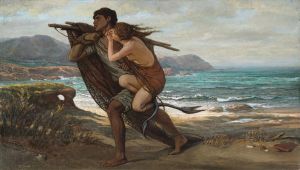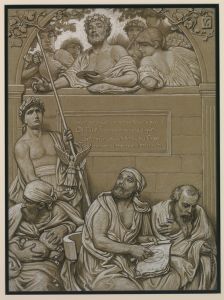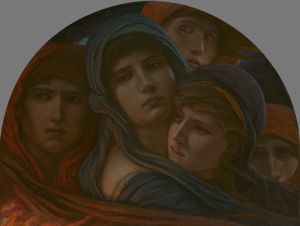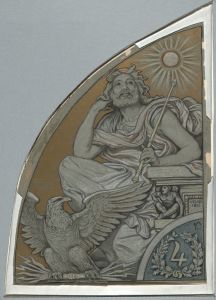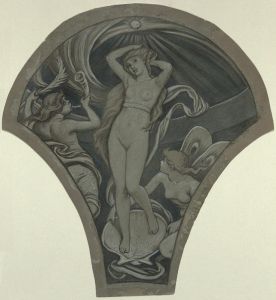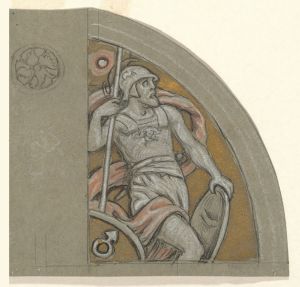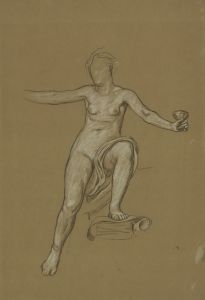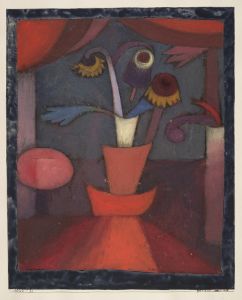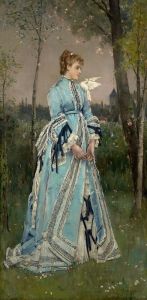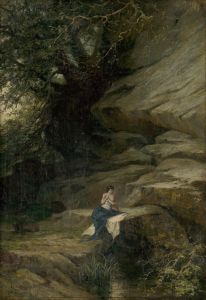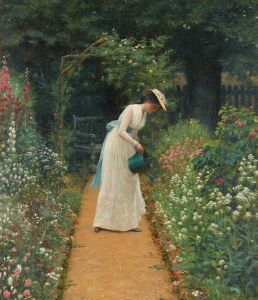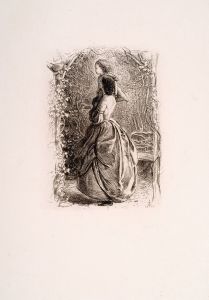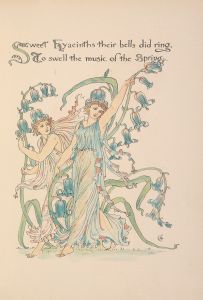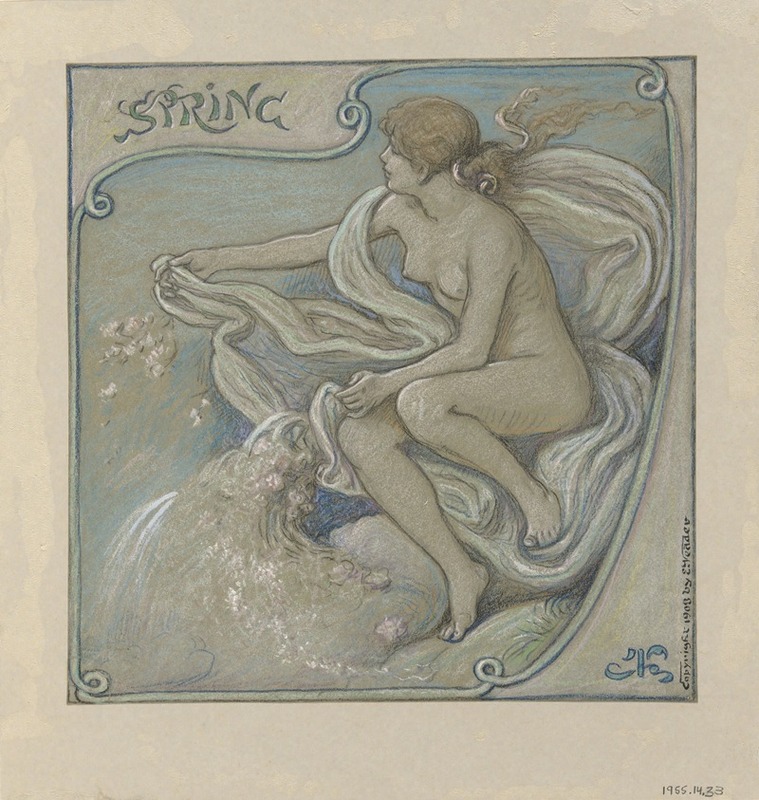
Spring
A hand-painted replica of Elihu Vedder’s masterpiece Spring, meticulously crafted by professional artists to capture the true essence of the original. Each piece is created with museum-quality canvas and rare mineral pigments, carefully painted by experienced artists with delicate brushstrokes and rich, layered colors to perfectly recreate the texture of the original artwork. Unlike machine-printed reproductions, this hand-painted version brings the painting to life, infused with the artist’s emotions and skill in every stroke. Whether for personal collection or home decoration, it instantly elevates the artistic atmosphere of any space.
Elihu Vedder was an American symbolist painter, known for his mystical and allegorical works. One of his notable paintings is "Spring," which reflects his unique style and thematic interests. Vedder was born in New York City in 1836 and spent much of his career in Italy, where he was influenced by the Renaissance and classical art. His work often explores themes of mythology, dreams, and the human condition, which are evident in "Spring."
"Spring" by Elihu Vedder is a painting that embodies the renewal and rebirth associated with the season. While specific details about the painting's creation date and current location are not widely documented, it is known that Vedder's work during this period was characterized by a deep engagement with symbolist themes. The painting likely features elements typical of Vedder's style, such as ethereal figures, a dreamlike atmosphere, and a focus on nature's cyclical patterns.
Vedder's approach to art was heavily influenced by his interest in literature and philosophy, particularly the works of Dante and the transcendentalist movement. This intellectual background informed his symbolic representation of spring as more than just a season, but as a metaphor for life's perpetual cycles of death and rebirth. His use of color, composition, and form would have been carefully chosen to evoke the emotional and spiritual connotations of spring.
In the broader context of Vedder's oeuvre, "Spring" fits within his exploration of allegorical subjects. His paintings often invite viewers to look beyond the surface and consider deeper meanings. This aligns with the symbolist movement's goal of expressing the ineffable and exploring the subconscious. Vedder's work was part of a larger trend in 19th-century art that sought to move beyond realism and embrace more abstract and philosophical themes.
Vedder's influence extended beyond painting; he was also an accomplished illustrator, most famously for his work on the 1884 edition of "The Rubaiyat of Omar Khayyam." His illustrations for this book are considered masterpieces of book art and reflect his ability to blend visual art with literary themes. This interdisciplinary approach is also evident in "Spring," where the visual elements likely interact with broader cultural and philosophical ideas.
While specific exhibitions or collections featuring "Spring" are not well-documented, Vedder's work has been displayed in various prestigious institutions, including the Metropolitan Museum of Art and the Smithsonian American Art Museum. His contributions to American art, particularly in the symbolist genre, have been recognized for their depth and innovation.
In summary, "Spring" by Elihu Vedder is a testament to the artist's skill in merging symbolism with visual art. Through his use of allegory and his philosophical approach, Vedder captures the essence of spring as a time of renewal and transformation. His work continues to be appreciated for its complexity and its ability to evoke contemplation and introspection.





